Jörn Thielecke
Distribution Preserving Multiple Hypotheses Prediction for Uncertainty Modeling
Oct 06, 2021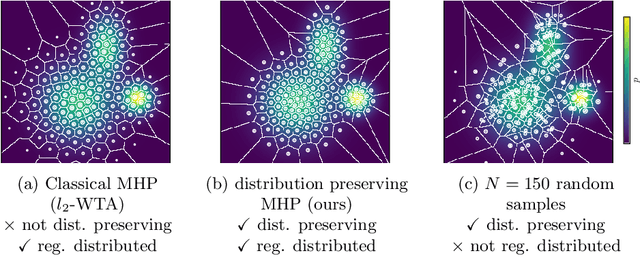
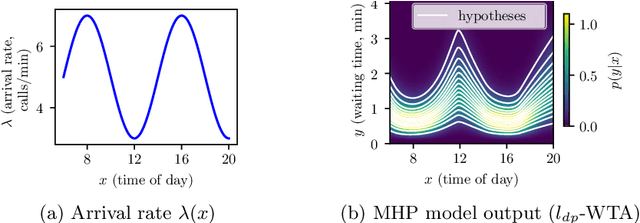
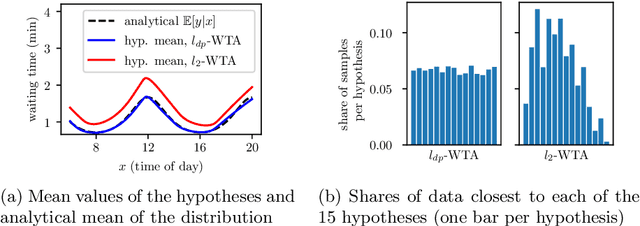
Abstract:Many supervised machine learning tasks, such as future state prediction in dynamical systems, require precise modeling of a forecast's uncertainty. The Multiple Hypotheses Prediction (MHP) approach addresses this problem by providing several hypotheses that represent possible outcomes. Unfortunately, with the common $l_2$ loss function, these hypotheses do not preserve the data distribution's characteristics. We propose an alternative loss for distribution preserving MHP and review relevant theorems supporting our claims. Furthermore, we empirically show that our approach yields more representative hypotheses on a synthetic and a real-world motion prediction data set. The outputs of the proposed method can directly be used in sampling-based Monte-Carlo methods.
Learning Topometric Semantic Maps from Occupancy Grids
Jan 10, 2020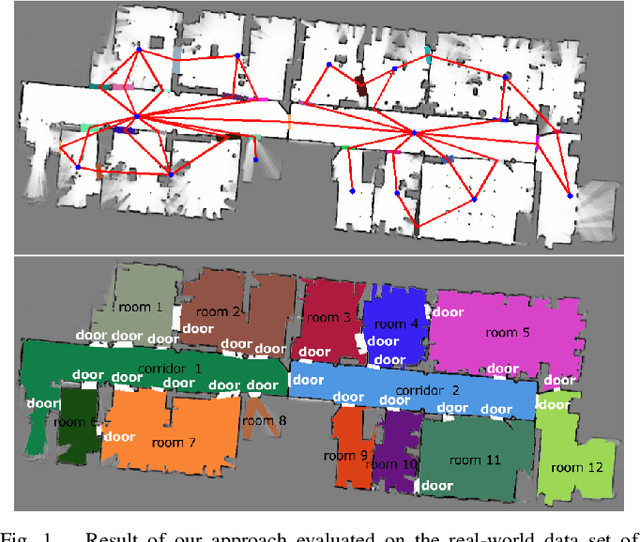
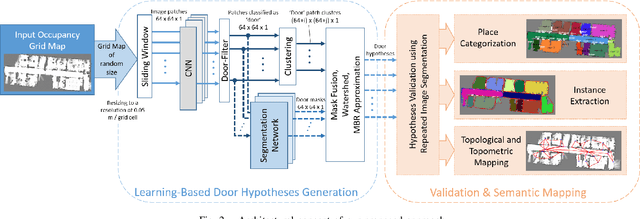
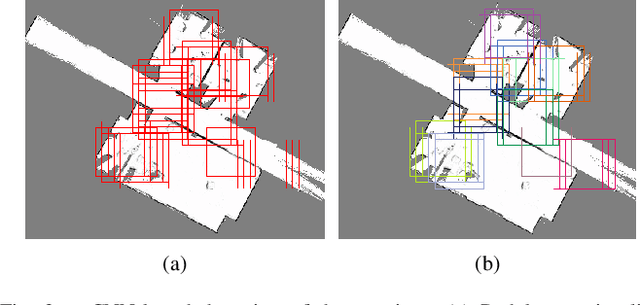

Abstract:Today's mobile robots are expected to operate in complex environments they share with humans. To allow intuitive human-robot collaboration, robots require a human-like understanding of their surroundings in terms of semantically classified instances. In this paper, we propose a new approach for deriving such instance-based semantic maps purely from occupancy grids. We employ a combination of deep learning techniques to detect, segment and extract door hypotheses from a random-sized map. The extraction is followed by a post-processing chain to further increase the accuracy of our approach, as well as place categorization for the three classes room, door and corridor. All detected and classified entities are described as instances specified in a common coordinate system, while a topological map is derived to capture their spatial links. To train our two neural networks used for detection and map segmentation, we contribute a simulator that automatically creates and annotates the required training data. We further provide insight into which features are learned to detect doorways, and how the simulated training data can be augmented to train networks for the direct application on real-world grid maps. We evaluate our approach on several publicly available real-world data sets. Even though the used networks are solely trained on simulated data, our approach demonstrates high robustness and effectiveness in various real-world indoor environments.
 Add to Chrome
Add to Chrome Add to Firefox
Add to Firefox Add to Edge
Add to Edge